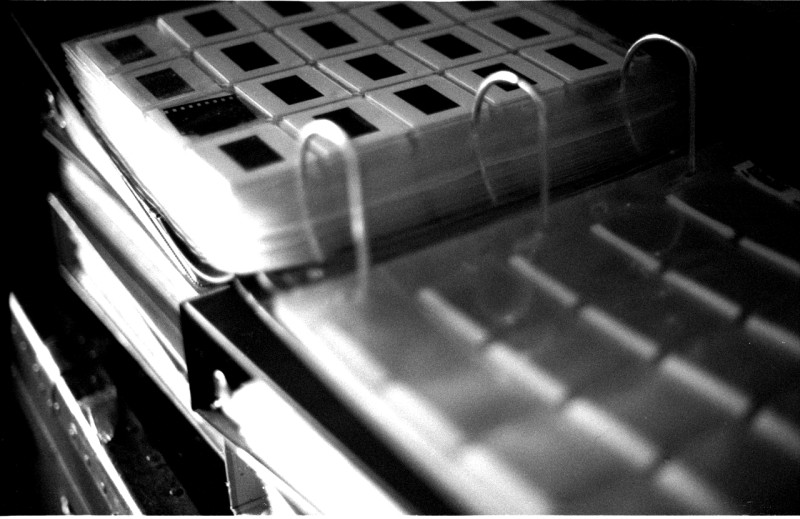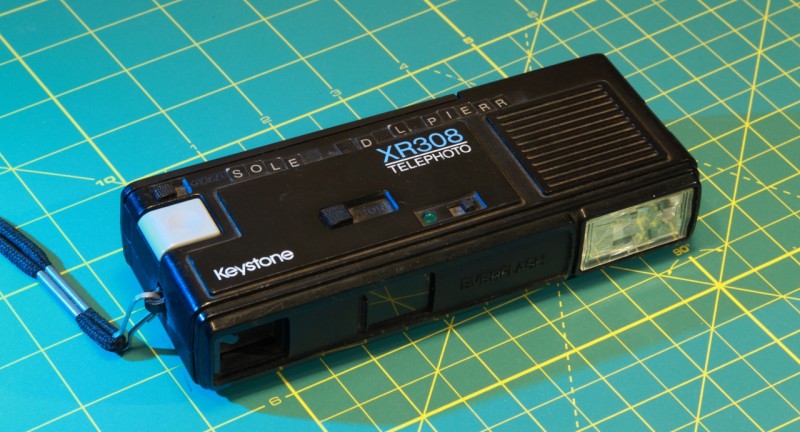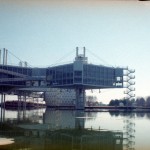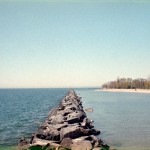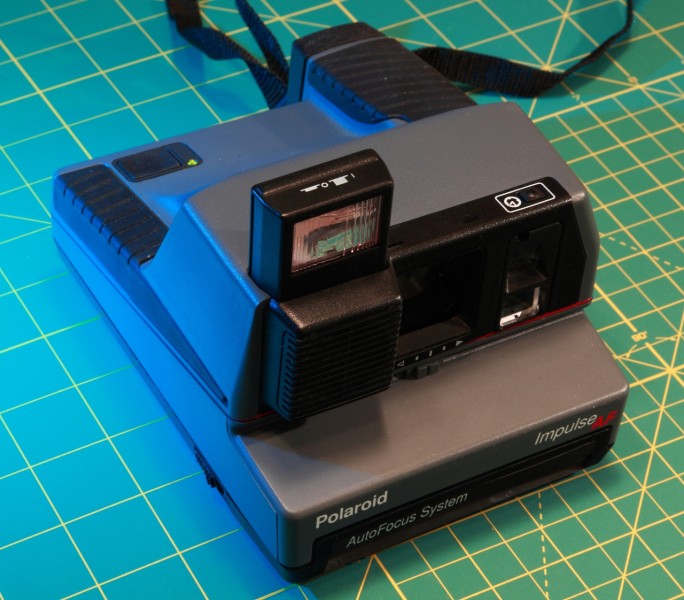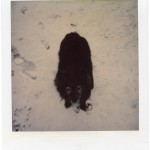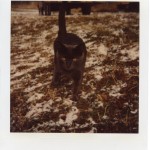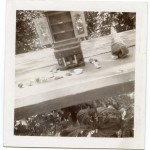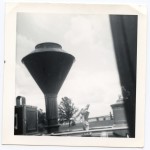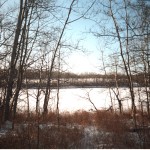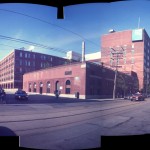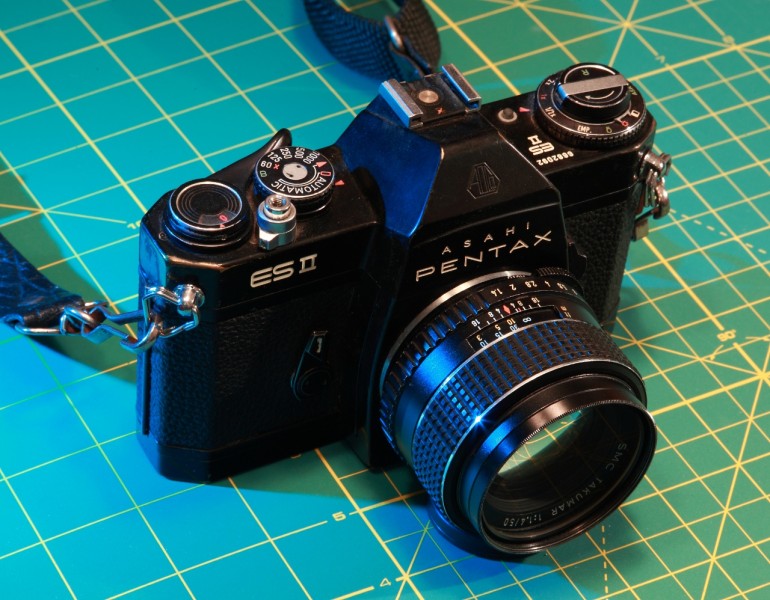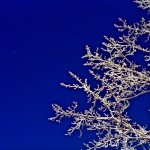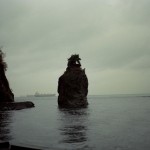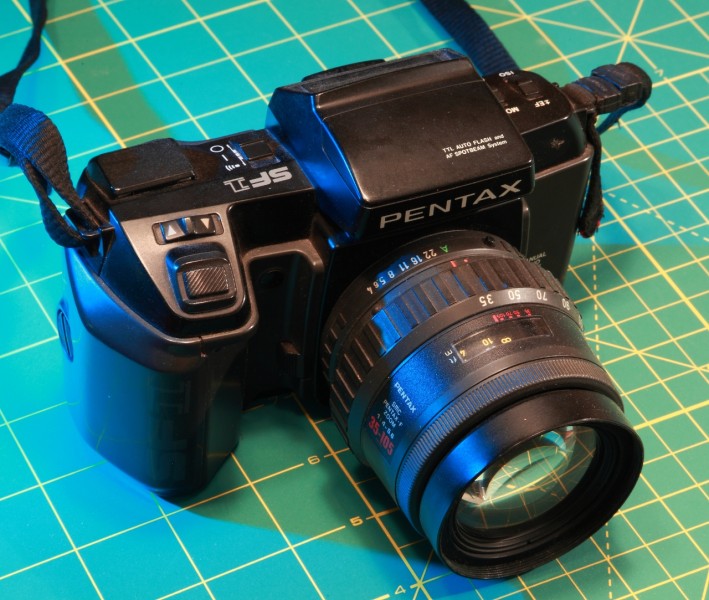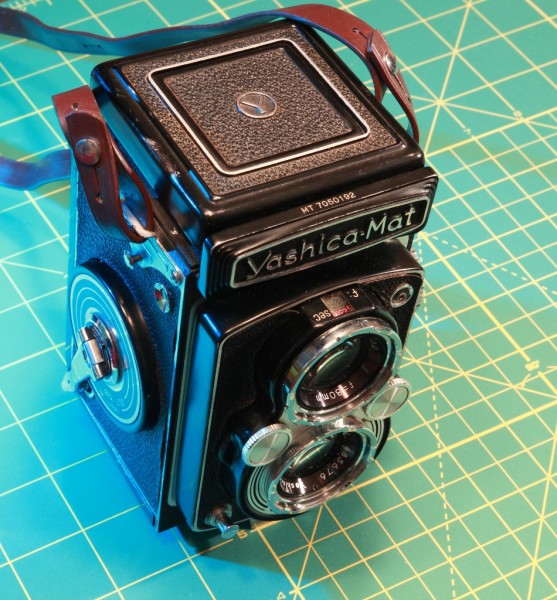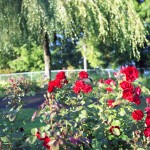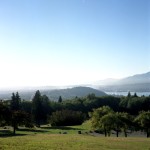End of the Roll
I just finished shooting and scanning my last rolls of photographic film. I’m done shooting film for the foreseeable future, and am going fully digital. Granted those last four rolls have been sitting unused in my fridge for six or seven years already, but their presence bothered me and now that they’re done I have some closure.
With those last rolls out of the way, I also have closure on a project that turned out to be much larger than I expected: Scanning all my film into the computer. In my approximately 32 years of shooting film I amassed 300 rolls, for a total of just over 9,000 images. That may seem tiny compared to what a typical professional film photographer would have, but it takes up to three hours to scan each roll. This scanning job has been done in bits and pieces of my spare time over the last ten years, but if I had been doing it as a full-time job it would have taken me four months!
I bought a dedicated film scanner (Nikon Super CoolScan 5000ED) for this purpose ten years ago, hoping that its batch scanning workflow would help automate the process so I could do other things at the same time. It did, but the scanner software is so flaky that most of the time I got to do other things in parallel just because of the length of time it took to scan each negative; on average I had to scan each film strip image about 1.5 times because of software glitches. Also the batch mode only works for film strips and half my film is mounted slides – but at least scanning individual frames did not expose as many bugs in the software as strips. I considered upgrading to a newer scanner for the latter half of the project, but there were not enough technology improvements to justify the expense.
Anyway, that’s all done now. What’s left is the almost as huge task of cataloging and tagging all my photos. I put a fair bit of effort into researching DAM (Digital Asset Management) software a few years ago and decided on idImager, which appears to have since been rebranded Photo Supreme, as it met more of my requirements for a better price than anything else I looked at. I’ve tried it and quite like it; the tagging and versioning workflow is great, it has some nice bonus features too.
For the record, my 9,000 scanned film photos take up just over 1TB of disk space – I’ve scanned them at 4,800 dpi or higher in 48-bit color, and they don’t compress well because of film grain and sensor noise. A typical image is 120MB big.
I’m really happy to have the scanning project over and done with. That was a lot of work.
This seems like a good time for a retrospective on my personal history with film and film cameras.
When I was a child my mother shot black and white on her Yashica-Mat TLR, and did her own darkroom work. She sometimes let me help with the developing and showed me how to play with the projector to make contact images of household objects and toys – I think that’s where my initial interest came from. It’s magic to shine a light on paper and have a permanent image appear.
—
Keystone 110
The first camera of my own was a generic pocket-sized 110 camera from Consumers Distributing. It had a built-in permanent flash, two focal lengths and a neat in-viewfinder flash ready indicator that I always wondered at the operation of – it was a clever design feature, lighting up despite having no light built in to the indicator. I shot a lot of what I now call tourist/documentary photos on this unit – that is, photos of interesting places and things, but with very little artistic merit to the photos themselves. I was too young to have developed a sense of what makes a photo great, though towards the end of this camera’s long tenure I started experimenting with composition and with panoramas made by taping prints together.
I also used a couple of disposable 110 cameras and one of those ultra-tiny kids’ “spy cameras” from the comic ads, which fits in the gap in the middle of the 110 cartridge.
Examples of pictures I took with the 110:
—
The Polaroid
Later I had a Polaroid instant camera. It was cool to get the photos immediately and the color and clarity were much better than on the 110, but the film was relatively expensive per photo and even as a child I recognized the value of having negatives available for reprints and enlargements. The Polaroid didn’t see frequent use because of its limitations, but it did last a long time.
Examples of pictures I took with the Polaroid:
The Bellows Camera
Also during my tweens I had an old-fashioned bellows camera. I believe it was a Kodak Tourist II given to me by my mother, based on her notes on her own photos. I didn’t use it much and it didn’t make much of an impression on my memory. Eventually the bellows got too many light-permitting punctures for the camera to work well, so I followed nature’s directive and took it apart to see how it was made.
Examples of pictures I took with the bellows camera:
—
The Pink Camera
My first 35mm camera was a cheap fixed-focus tourist model. This was basically the same deal as my 110 but 35mm instead. I no longer remember even what brand it was, but it look vaguely like this only pink. I got quite a bit of use out of it and started to develop a better sense of composition during this time (most of my teens).
Examples of pictures I took with the pink camera:
—
Pentax ESII
For my 20th birthday my parents gave my first “real” (read SLR) camera, a Pentax ESII with a fast 50mm prime lens. This is the film camera I got the most mileage out of, developing my artistic skill and eventually amassing a small collection of used lenses for it. When the electronics eventually failed I bought a second one to replace it, and that’s the camera I just finished shooting some of my last rolls with. I also picked up a Pentax Spotmatic, which uses the same lenses, so I could have two bodies for shoots where I would want to swap lenses a lot. For a while I did my own B&W developing at home too. The Pentax was an excellent, life-altering gift. The vast majority of my film was shot with it and most of my photographic learning was done with it.
Example ESII & Spotmatic photos:
The Crap Pentax
In the early 2000s I picked up a more modern Pentax, used, because I was curious to see what an auto-focus, auto-winding, zoom-lensed camera was like. Unfortunately this model was a bad choice, as it felt cheap and I didn`t like using it. I think I only shot one or two rolls with it, and I no longer remember which ones they were so no examples for this one.
—
The TLR
A few years ago my mother gave me her old Yashica-Mat TLR medium format camera, as she has also gone digital. In the end I only shot a few rolls with it though. It’s a nice camera but I’m put off by the lack of a built-in light meter.
Example TLR photos:
—–
I’m not saying I’ll never shoot film again; it has its applications. But digital is so much cheaper and more convenient and a good digital SLR produces pictures that seem as good, and as enlargeable, as what I shot with my 35mm SLR.
One thing that film does have going for it is its variety of grains and color treatments. Simulating the heavy grain of some B&W films or the weird color cast of cheap 110 film with digital images just doesn’t look the same – at best it evokes nostalgia for those things in those what grew up with them.
I give it twenty years before I develop a weird nostalgia for shooting film and dig out the old cameras.
